Description
Research Applications of TB-500
Cellular Migration and Cytoskeletal Dynamics
TB-500 is derived from the naturally occurring peptide Thymosin Beta-4, which plays a crucial role in actin binding and cytoskeletal organization. Studies have demonstrated its involvement in cell motility, influencing endothelial cells, keratinocytes, and fibroblasts [1]. This makes it valuable for laboratory research into wound healing models, angiogenesis, and cell migration mechanisms.
Angiogenesis and Vascular Biology
Research has shown TB-500 to be a potent regulator of angiogenesis. It stimulates endothelial progenitor cells and vascular endothelial growth factor (VEGF) pathways, thereby supporting blood vessel formation in experimental systems [2]. Such findings provide a foundation for its use in studying vascular biology and ischemic models at a cellular and molecular level.
Regenerative Biology and Tissue Repair Models
TB-500 has been studied extensively in the context of tissue regeneration, with evidence of enhanced repair in corneal, dermal, and cardiac tissues in controlled settings [3]. Its role in orchestrating extracellular matrix remodeling and cell differentiation makes it a strong candidate for regenerative biology research.
Anti-Inflammatory Mechanisms
Laboratory research suggests TB-500 modulates inflammatory responses by downregulating pro-inflammatory cytokines and promoting anti-inflammatory mediators [4]. This area of study has drawn interest in fields such as immunology, neuroinflammation, and chronic injury modeling.
Neurological Research
Emerging studies indicate that TB-500 may influence neurogenesis and axonal growth, which are relevant to experimental models of central nervous system injury [5]. These effects are still under investigation, but they broaden the scope of TB-500 into neuroscience research.
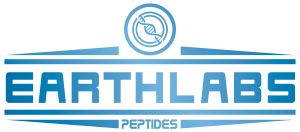
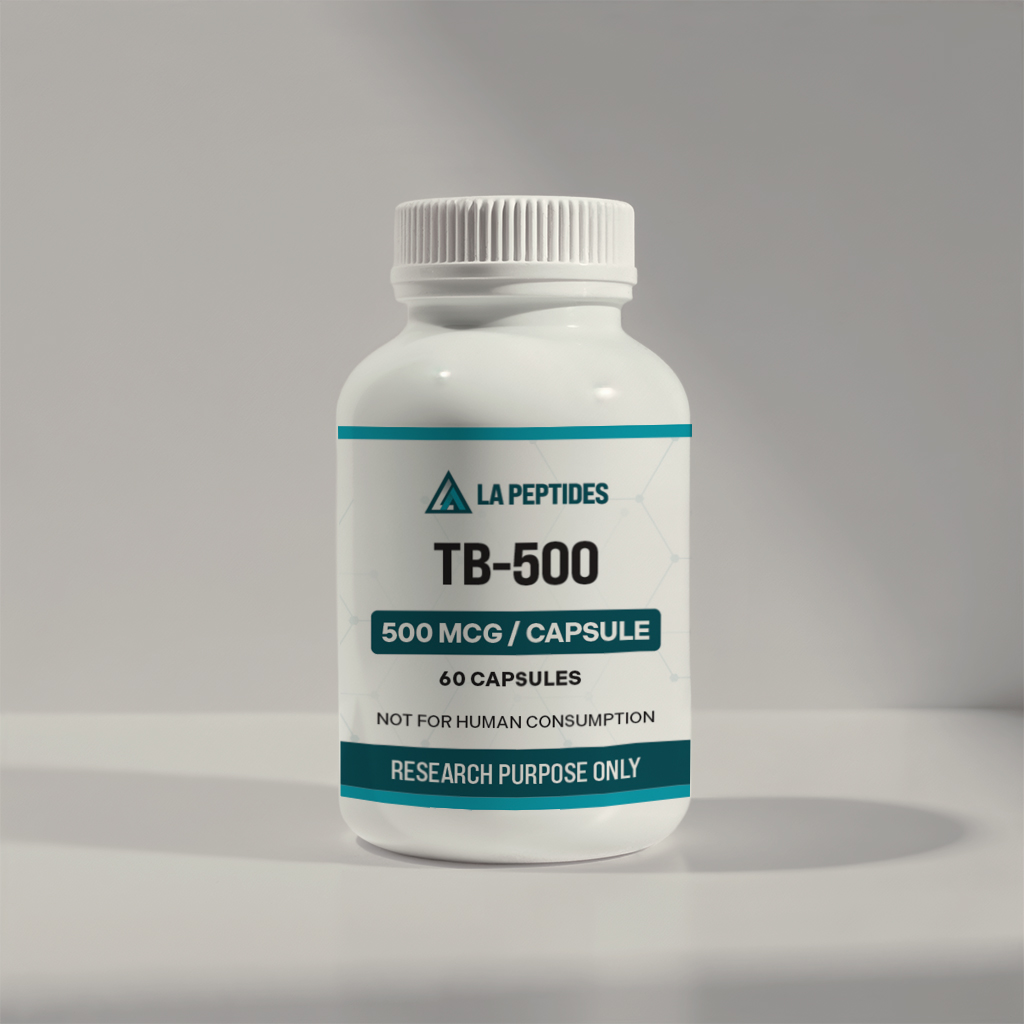
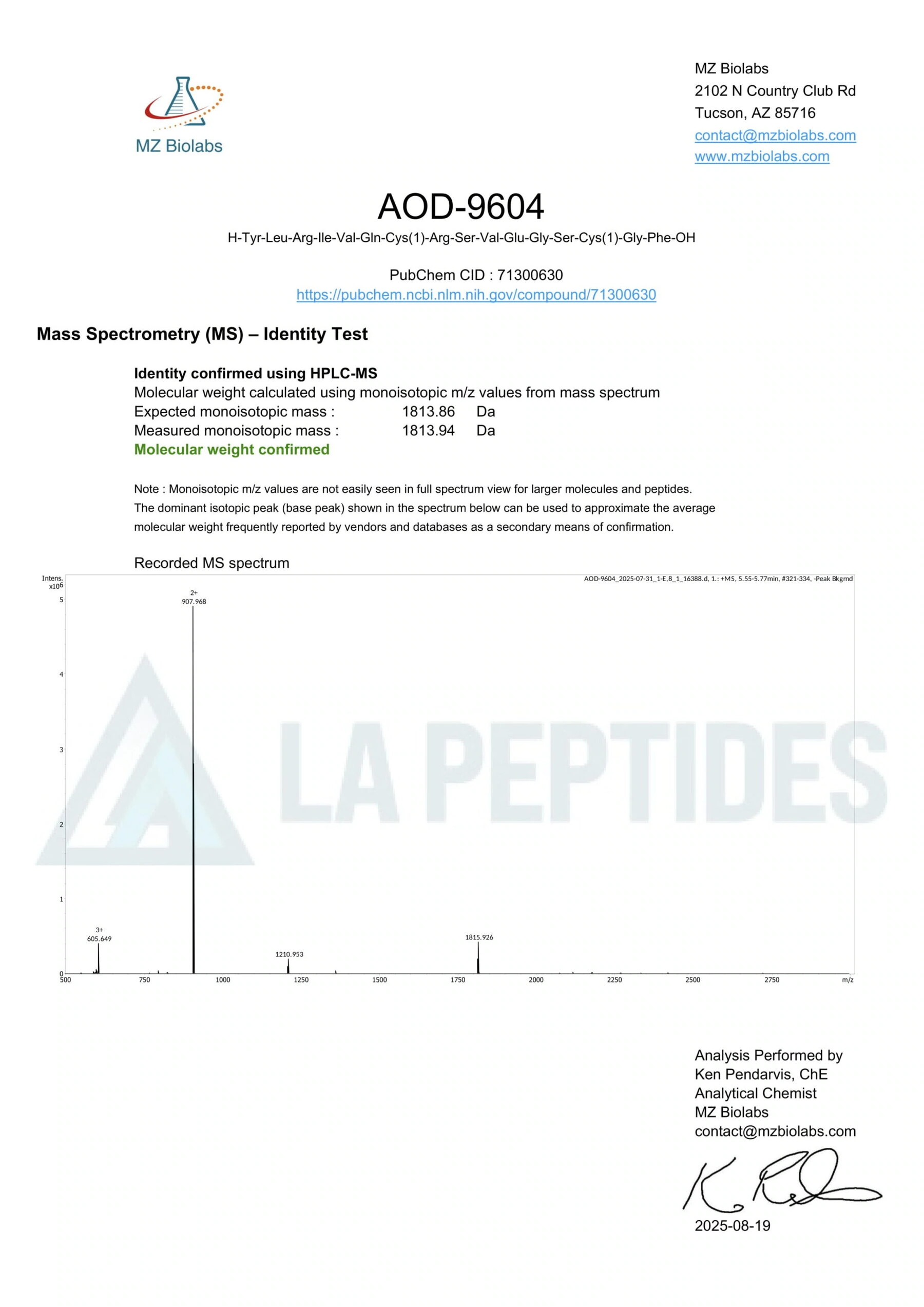
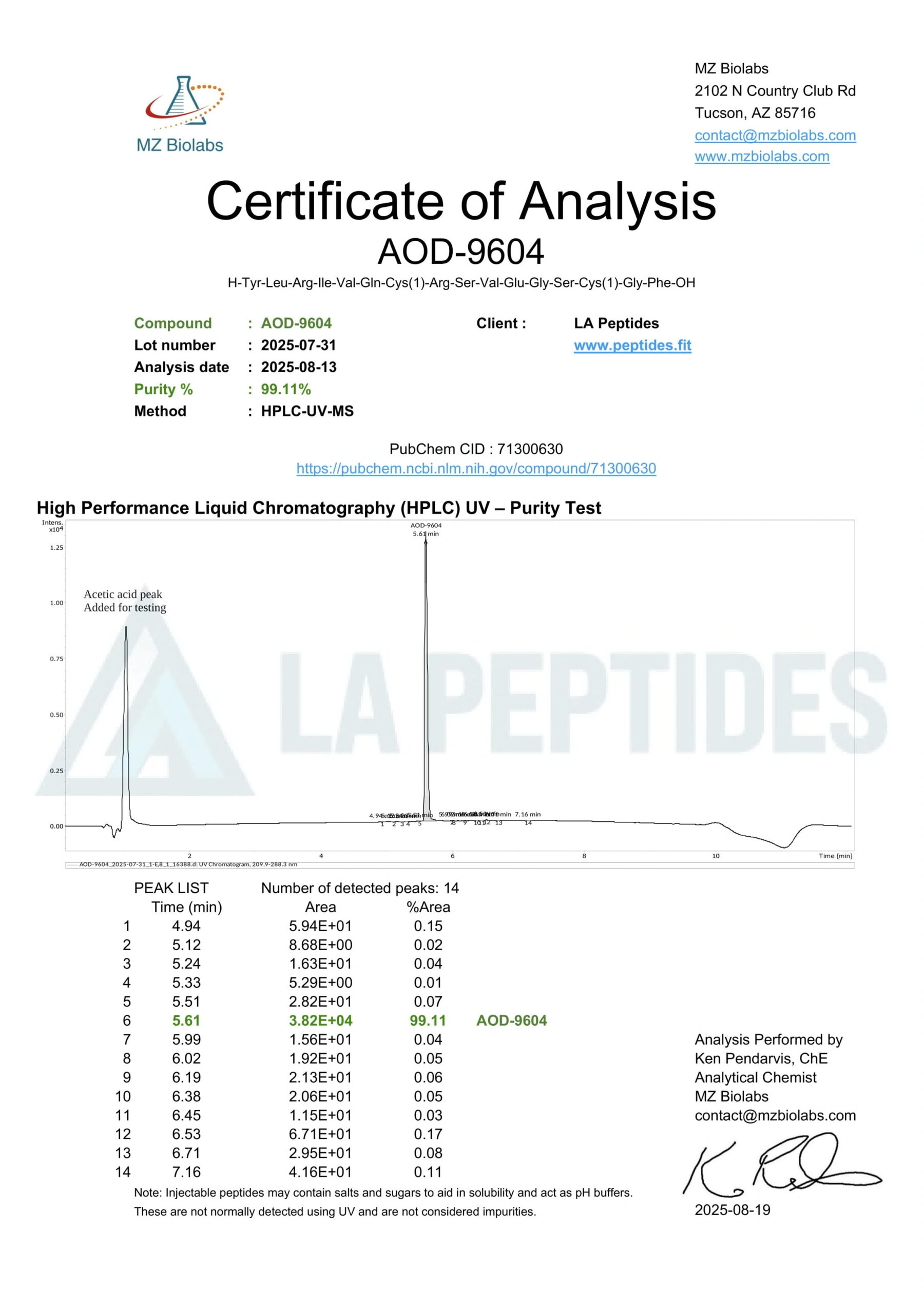
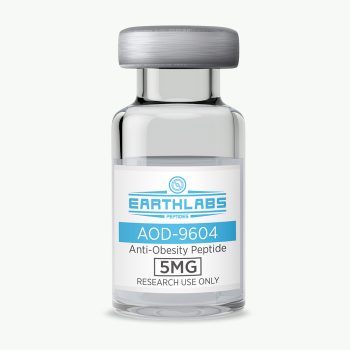
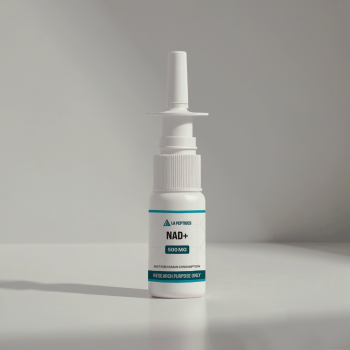
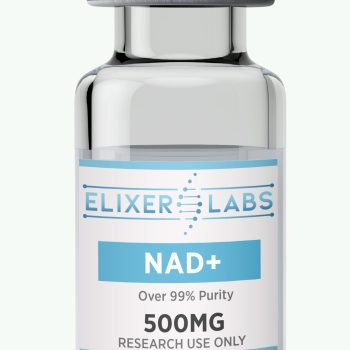
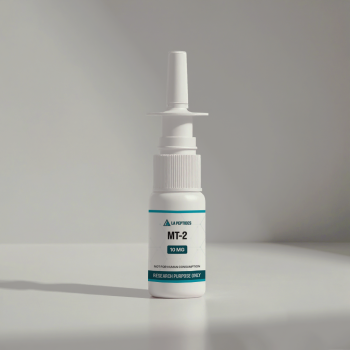
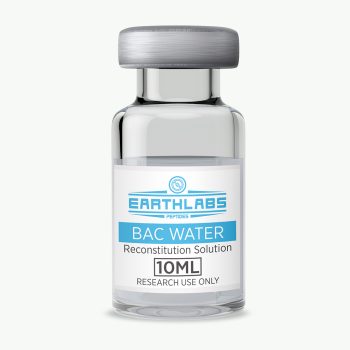
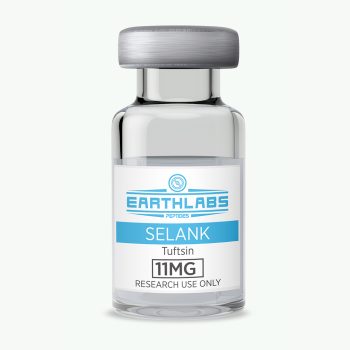
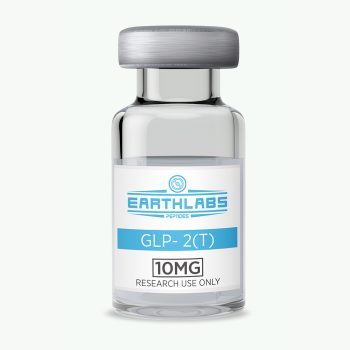
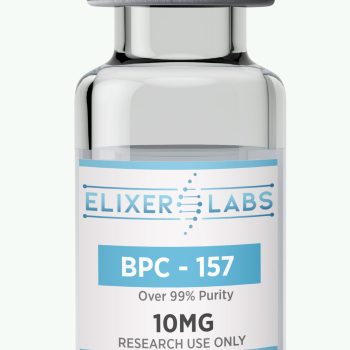
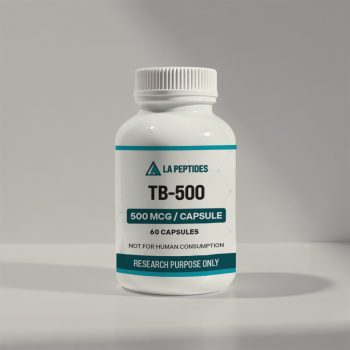
There are no reviews yet.